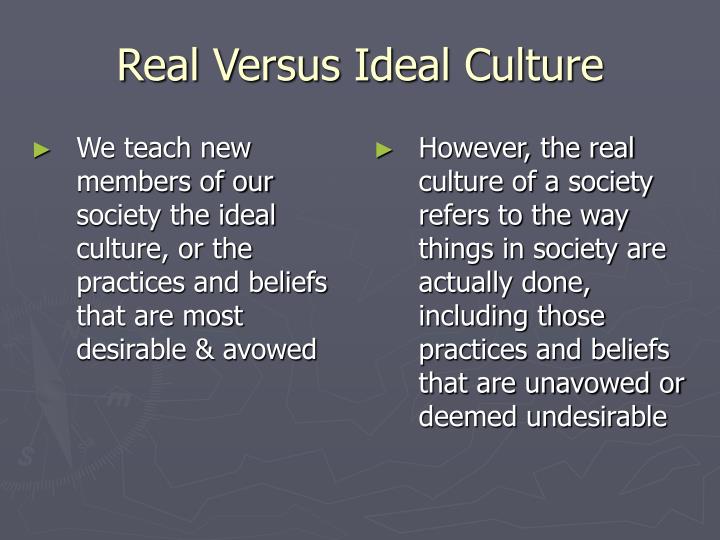

There is also a correlation with the group’s size – small groups, or groups that feel small, will tend to be more cohesive. Let us consider some aspects of how identity development influences effectiveness in business organisations: ■Ĭooperative behaviour, that is the disposition to act in ways that are beneficial to the organisation and refrain from actions which harm the organisation, will be augmented in groups which enhance self-identity through being high-status. The socio-cognitive processes around self-identity have two major drivers: the motivation to increase self-esteem and the need to reduce uncertainty around what I am and what I feel. Belonging to a group is a strong determinant of how we perceive and act towards other people, institutions and objects. The criteria around a particular identity allow a person to categorise themselves and create a subjective belief structure which drives behaviour. We understand the criteria and boundaries of the in-group prototypes, we judge whether the group is attractive and gives status, and we feel an emotional bond with the group.

Group membership is characterised by three dimensions: the cognitive, the evaluative and the affective. Indeed, the greater the strength of this personal self-identity, the lower the commitment of group members to group identity and its behavioural patterns. But we also define our self in terms of our unique traits and in this frame of personal self, motivations are generally egocentric and directed towards self-benefit.

Our relational self defines us in terms of our dyadic relation to individual others. The in-group prototype describes and prescribes the attributes which are appropriate to signify group membership in specific contexts. Our social identity is taken mostly from the various groups in which we participate: this is also called the collective self, and generally our social motivation in this context of interdependence is to strive for collective welfare and agreeable relationships. While each of us is clearly many things inhabiting the same shell – parents, teachers, rugby players, engineers and rock musicians – within this there is a persistent self which adopts these roles to a greater or lesser conscious degree. Social identity is constructed by the lens we cast inwards to classify and judge our own being. Self-identity is the feeling of the ‘self’, the foundational continuity that makes us ‘us’. This predictive model is more specific than that of the norms and patterns perceptible as the whole of organisational culture, so we look now to social identity theory. Social identity, by operating at the level of the self-perception of individuals, gives us a level of granularity for observing and predicting behaviours of people in specific groups. Not the least important reason for this is that the adoption of Web 2.0 technologies is in the interest of the firm, not the individual. We are interested next in understanding the conditions under which people will act and adopt behaviours which value the group’s well-being as a good in itself. Social identity is recognised as playing a major role in influencing the degree to which people demonstrate organisationally appropriate behaviour. The modern workplace provides a major platform for the development and enactment of who we are – our identity and self-concept. As we saw in the last paragraphs of the preceding section though, one further level of detail is necessary. Understanding and articulating organisational institutions, their power over social behaviour and the processes that create and sustain them provide a useful mechanism for framing and planning change to Web 2.0. Paul Jackson, in Web 2.0 Knowledge Technologies and the Enterprise, 2010 Social identity theory: guiding individual behaviour


 0 kommentar(er)
0 kommentar(er)
